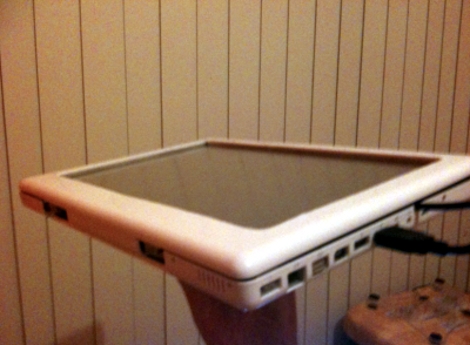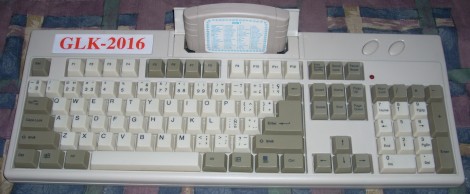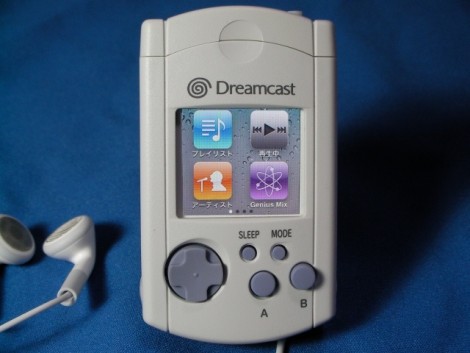
[Enigma-penguin] built a tablet computer out of a Core2Duo Macbook circa 2007. The battery exploded, damaging the case and a few components inside. But there was hope for a new life as a tablet computer. He removed the screen and tested to make sure the computer would still function without it by using the video out port.
Putting the whole thing back together as a tablet proved to have some headaches. He worked through problems caused by the addition of a touchscreen between the LCD and the bezel and made the connections work with the screen flipped. The finished product looks so good because the bezel has not been turned around like on other tablet builds. Instead, a viewing window was cut in what would have been the case behind the screen.
There’s a little more to be done yet. The black USB cable seen above is the connector for the touchscreen which he plans to internalize. The magnetic sleep sensor has been relocated to the headphone jack. Inserting a plug (no cord necessary) puts it to sleep for transport. There’s also an on screen keyboard and the ability to change the screen orientation from landscape to portrait. After the break we’ve embedded one of [Enigma-penguin’s] demonstrations. Continue reading “Mac Tablet Keeps The Look Of The Donor-Macbook”
















